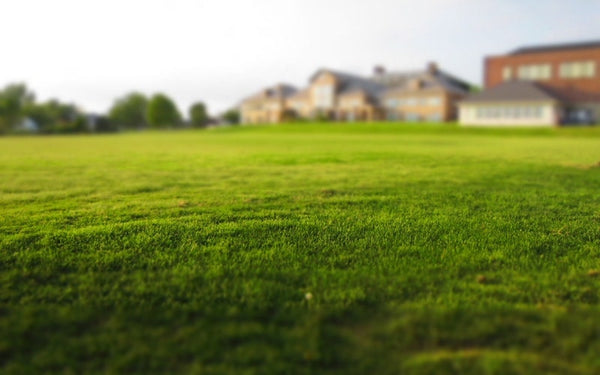
It's every homeowner's nightmare: the artificial turf begins melting in unexpected places, and all you can do is watch helplessly as it discolors and curls at the ends. What is causing your synthetic grass to melt, and what should you do about it? Is there something wrong with it?
The culprit, believe it or not, is the sun, with a little support from your windows. Window glare will cause turf to melt. The extreme heat reflected from an energy-efficient glass window has the potential to melt and destroy plastics found in turf.
Artificial grass is an expensive investment, so you'll want to keep it in good shape. We're here to assist you! We'll go over why fake grass melts, what causes the damage, how to prevent it, and how to repair melted grass.
Does Synthetic Turf Melt?
Turf will, in fact, melt in extreme temperatures. That isn't to say it's flimsy or inexpensive.
Turf quality has improved dramatically thanks to manufacturers. Many new materials are now made of plastics such as polyethylene or polypropylene. Today's turf has a tough backing, is UV-resistant, and can endure the freeze-thaw cycles of the seasons. Despite these advances, turf remains partially made of plastic, which melts in hot weather.
“Most synthetic turfs have a melting point of about 175-200 degrees Fahrenheit,” says Jill Odom of Total Landscape Care. Obviously, the sun cannot reach such temperatures on its own, so when the radiation bounces off a specific form of window, it's simple to reach a temperature high enough to melt plastic.
The best solution is to purchase our turf guard window tints. Our special window tints will keep the inside of your home cool, provides a nice aesthetic to your home, and most importantly protects your turf from melting. Contact us now for more information, or simply purchase from out website now.










